Should AC Drip Water Outside?
Yes indeed, it’s common for an air conditioner to release water outside, and it’s a natural part of its operation. As the air conditioner cools the indoor air, it acts as a dehumidifier, extracting moisture from the atmosphere. This moisture condenses and is collected, eventually dripping outside the unit. This process is crucial for maintaining indoor comfort levels and preventing excess humidity, which can lead to issues like mold growth and discomfort.
Air conditioning is essential for comfort during hot weather, but many people are confused by the water that seems to drip from their AC units.
So, is it normal for an AC to drip water outside? In short, the answer is yes.
In this article, we will delve deeper into this topic and answer some common questions that people have about AC water dripping.
Is it normal for AC to drip water outside?
Air conditioners typically release water outside as part of their normal operation.
During the cooling process, air conditioners remove moisture from the air, which must be drained away.
To accomplish this, the water that is produced is typically drained through a pipe that runs from the AC unit to the outside of the home.
Therefore, it is normal for an AC unit to drip water outside.
 How much should AC drip outside?
How much should AC drip outside?
The amount of water that an AC unit drips outside can vary depending on factors such as the size of the unit, the humidity in your home, and the temperature outside.
Typically, an AC unit should produce around 5 gallons of water per day. If you notice that your unit is producing an excessive amount of water, it could indicate a problem that needs to be addressed.
Do air conditioners always drip water?
While it is normal for AC units to drip water, not all AC units are designed to do so.
Some models are designed to collect the water that is produced by the unit and recycle it, while others may use the water to help cool the compressor.
When is it not normal for an air conditioner to be dripping water outside?
If you notice that your AC unit is producing an excessive amount of water or is leaking water inside your home, it could indicate a problem with the unit.
Common causes of this problem include clogged drain lines, a malfunctioning condensate pump, or a refrigerant leak.
What if your AC is not dripping outside? What to check?
If your AC unit is not dripping water outside, it could indicate a problem with the unit.
Check the drain line to make sure it is not clogged or blocked.
You should also check the air filter to ensure that it is clean, as a dirty air filter can cause the unit to produce less water.
If these checks do not resolve the issue, it may be time to call a professional to inspect the unit.
What Is Leaking – Water or Refrigerant?
If you notice that your AC unit is leaking, it is important to determine whether it is water or refrigerant that is leaking.
Water leaks are generally not a cause for concern, while refrigerant leaks can be dangerous and should be addressed immediately.
Signs of a refrigerant leak include a hissing sound coming from the unit, ice forming on the coils, and a decrease in cooling performance.
 In conclusion, Should AC water drip outside?
In conclusion, Should AC water drip outside?
it is normal for an AC to drip water outside as it is a natural byproduct of the cooling process.
However, if you notice excessive water or a leak inside your home, it may indicate a problem that needs to be addressed.
If you are unsure about any issues with your AC unit, it is best to call a professional to inspect and diagnose the problem.
FAQ
| Question | Answer |
|---|---|
| Why does my air conditioner drip water outside? | Air conditioners cool and dehumidify the air inside your home, and as a result, they produce condensation that needs to be drained away. This is why air conditioners drip water outside. |
| How much water should my air conditioner produce? | The amount of water produced by an air conditioner can vary based on factors such as the size of the unit, the humidity in your home, and the temperature outside. A typical air conditioner produces around 5 gallons of water per day. |
| Is it normal for an air conditioner to produce excessive amounts of water? | No, it is not normal for an air conditioner to produce an excessive amount of water. If you notice that your air conditioner is producing more water than usual, it could indicate a problem with the unit. |
| What should I do if my air conditioner is producing an excessive amount of water? | If you notice that your air conditioner is producing an excessive amount of water, you should check the drain line and condensate pump to make sure they are working properly. If the problem persists, it may be time to call a professional. |
| Should I be worried if my air conditioner is not producing any water? | If your air conditioner is not producing any water, it could indicate a problem with the unit. You should check the drain line and air filter to make sure they are not clogged or blocked. If the problem persists, it may be time to call a professional. |
| Why is my air conditioner leaking water inside my home? | If your air conditioner is leaking water inside your home, it could indicate a problem with the unit. Common causes of this problem include clogged drain lines, a malfunctioning condensate pump, or a refrigerant leak. |
| Can a dirty air filter cause my air conditioner to produce less water? | Yes, a dirty air filter can cause your air conditioner to produce less water. This is because a dirty air filter can restrict the flow of air through the unit, which can reduce the amount of moisture that is removed from the air. |
| What should I do if my air conditioner is leaking refrigerant? | If your air conditioner is leaking refrigerant, it is important to address the problem immediately. Refrigerant leaks can be dangerous and can also cause damage to the unit. You should call a professional to diagnose and repair the problem. |
| How can I prevent my air conditioner from producing excessive amounts of water? | To prevent your air conditioner from producing excessive amounts of water, you should make sure that the drain line and condensate pump are working properly. You should also make sure that the air filter is clean and that the unit is properly sized for your home. |
| Can I stop my air conditioner from dripping water outside? | No, you cannot stop your air conditioner from dripping water outside. This is a natural byproduct of the cooling and dehumidifying process, and the water must be drained away to prevent damage to the unit and your home. |

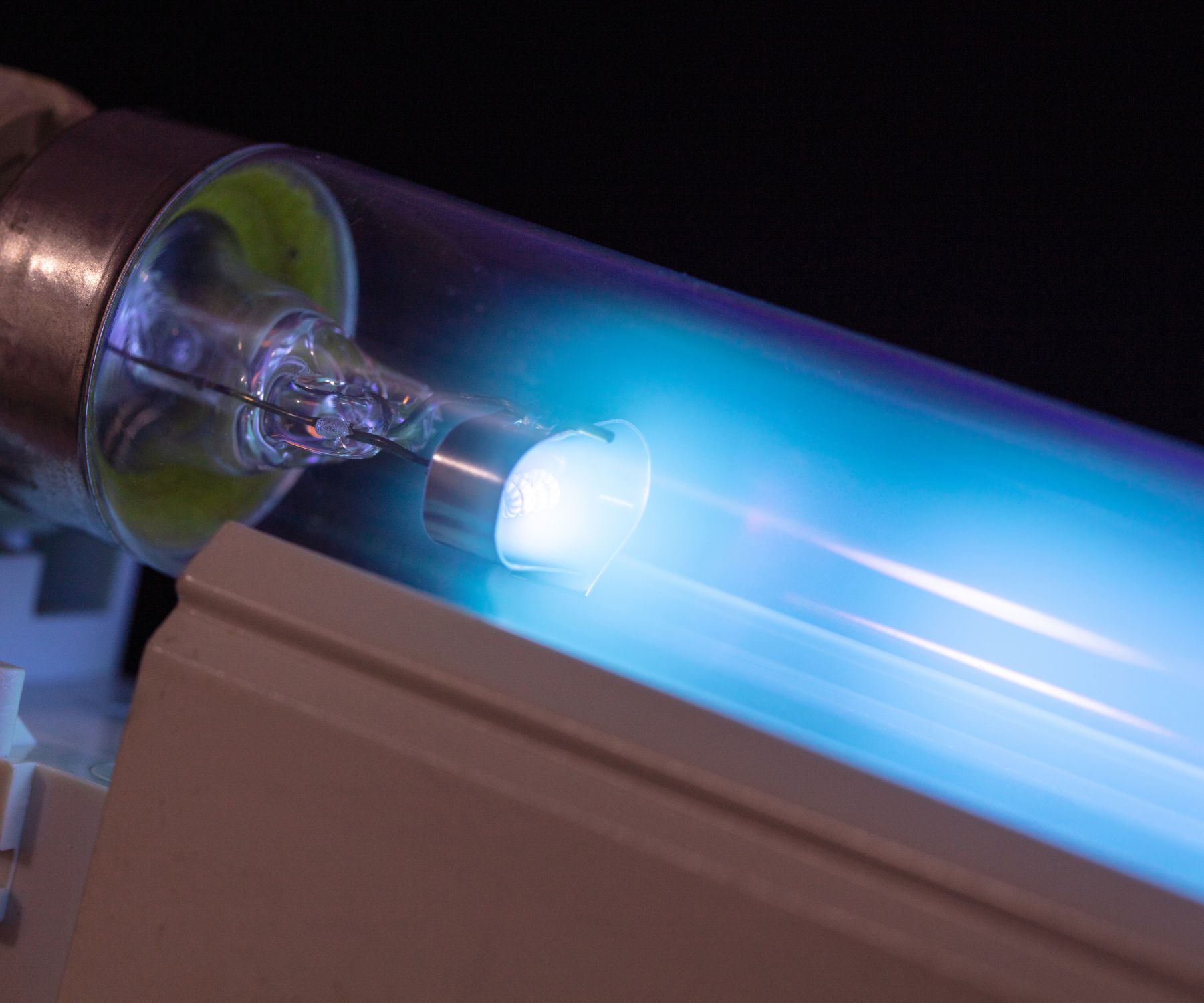
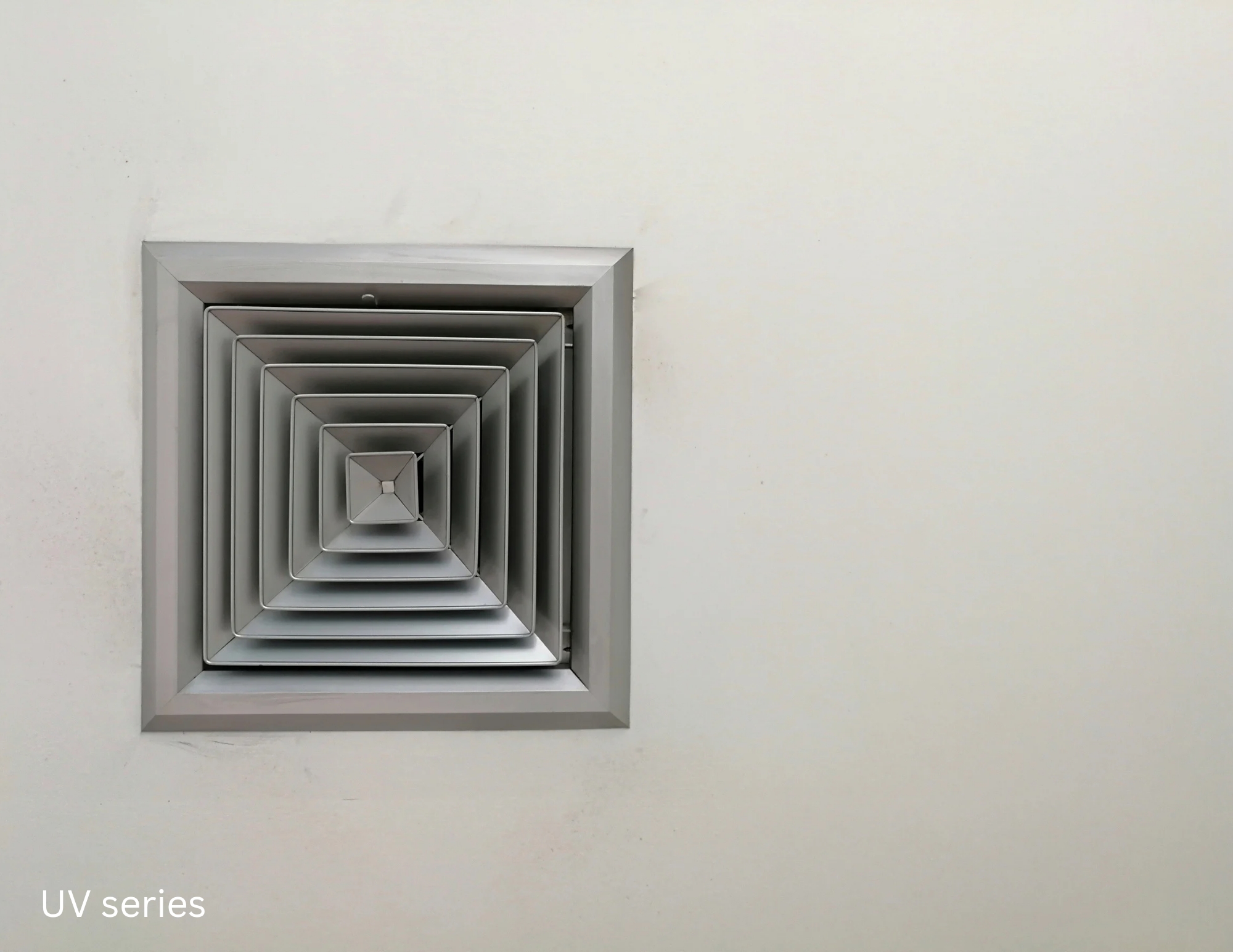

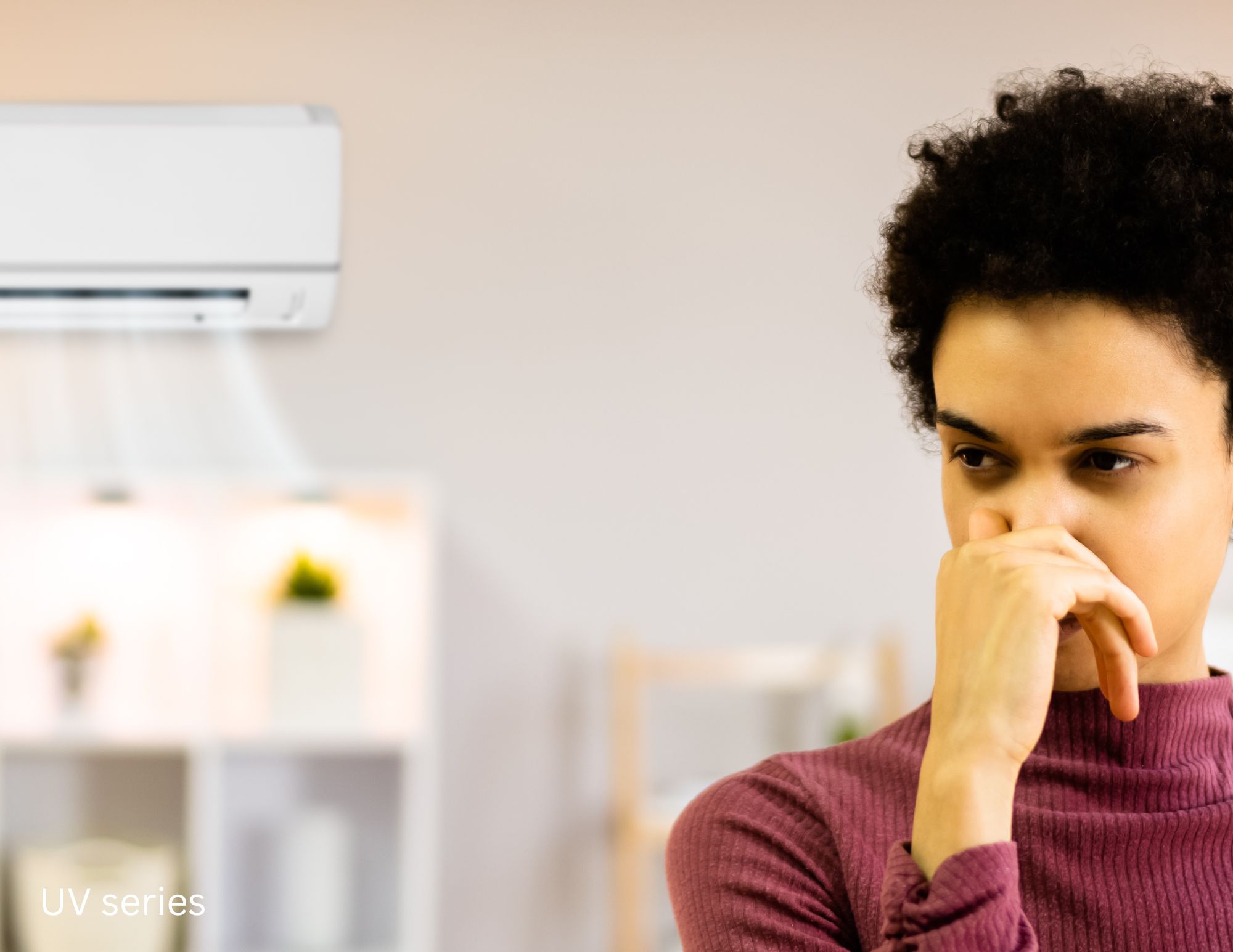

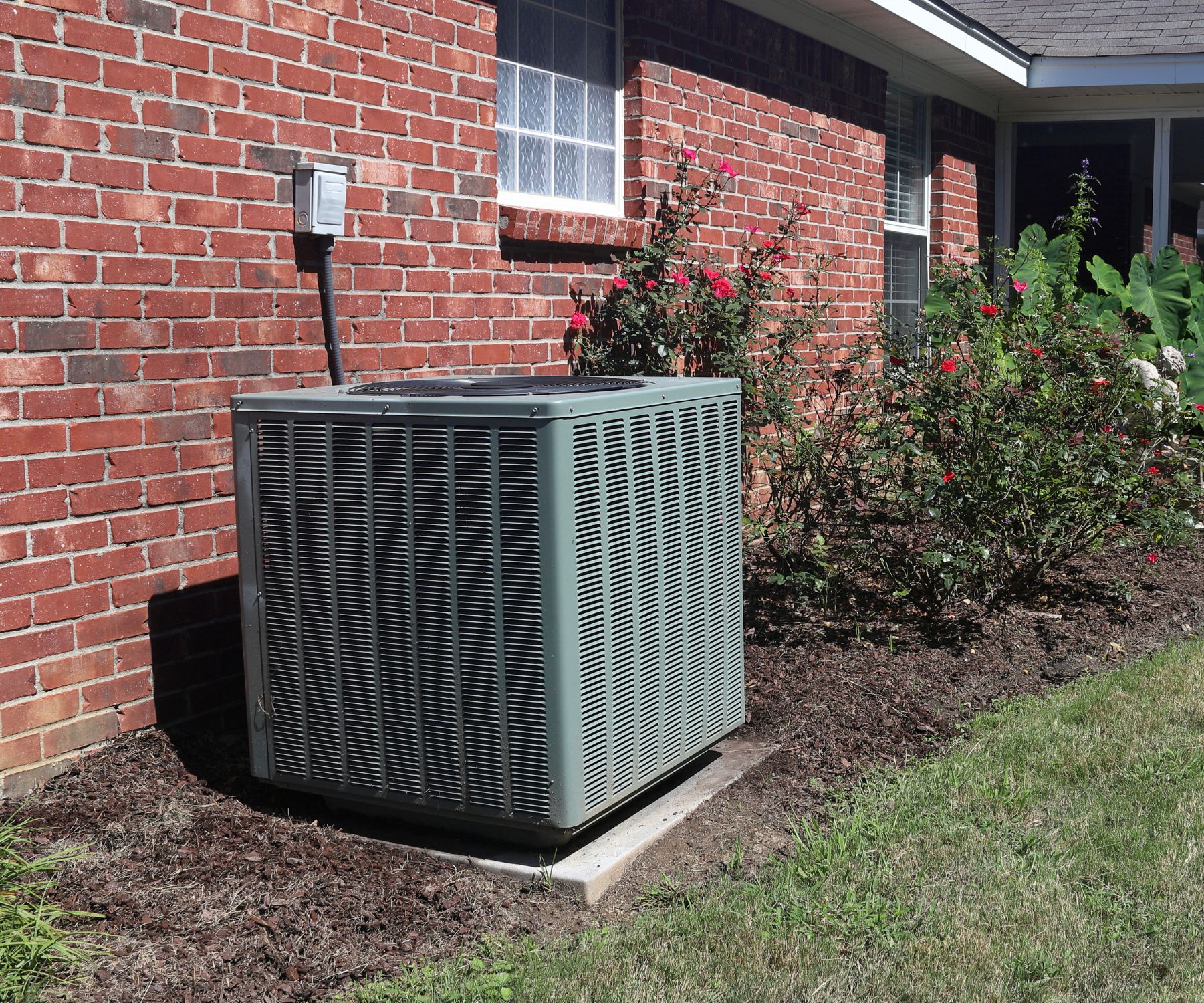
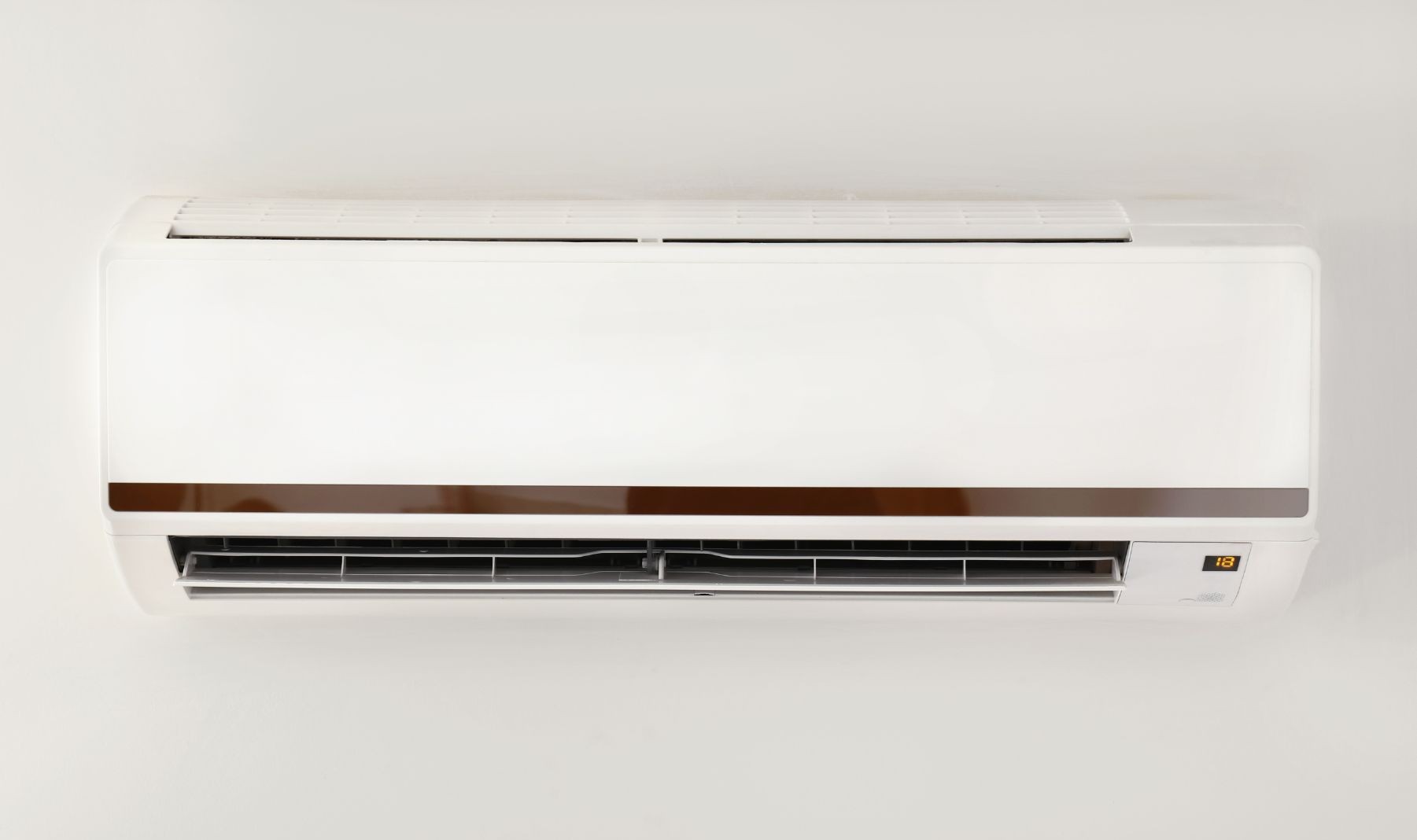

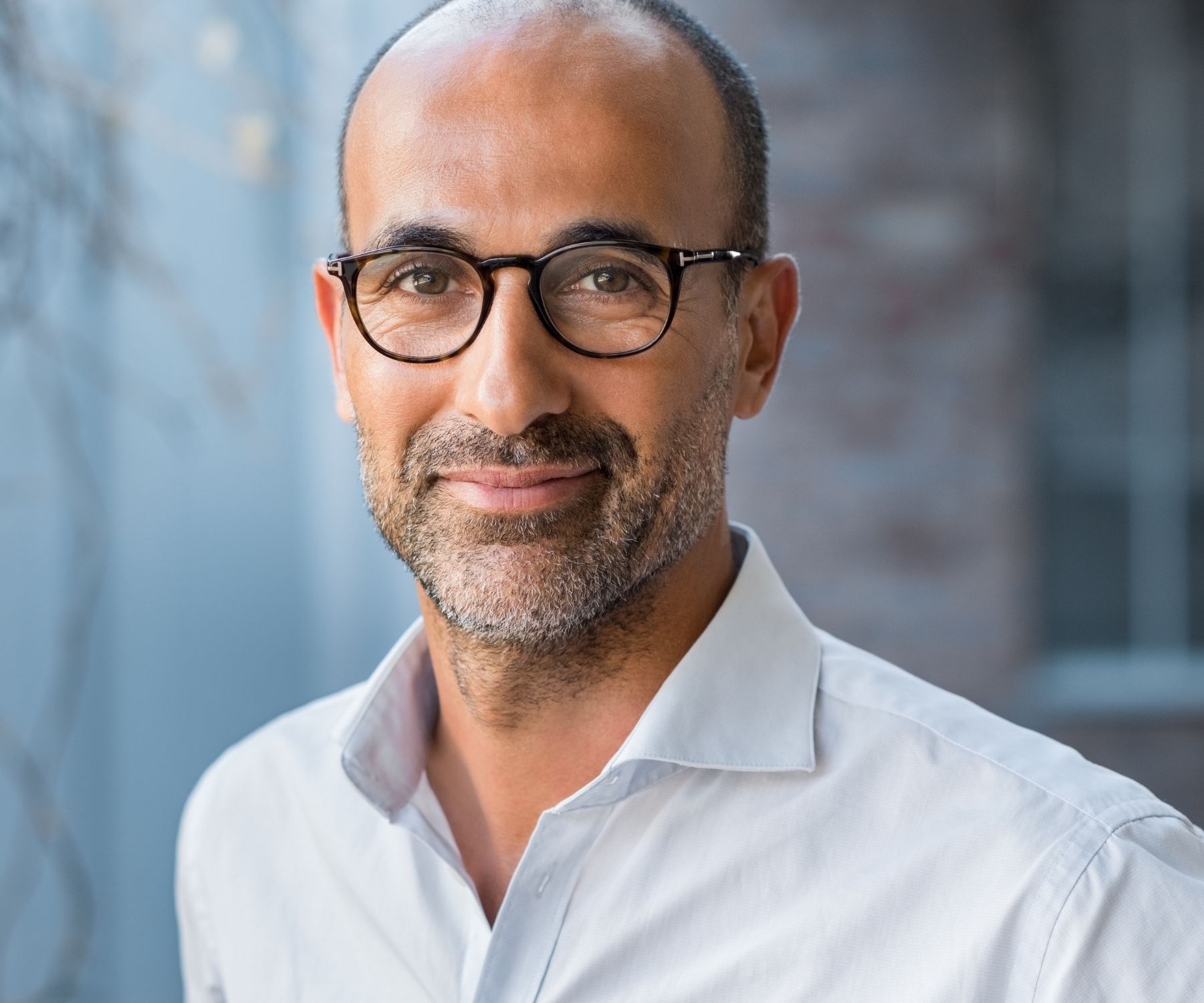


 Here are examples of Well-known Air Conditioner brands equipped with ionizing and plasma technologies:
Here are examples of Well-known Air Conditioner brands equipped with ionizing and plasma technologies: Making Your Decision:
Making Your Decision:
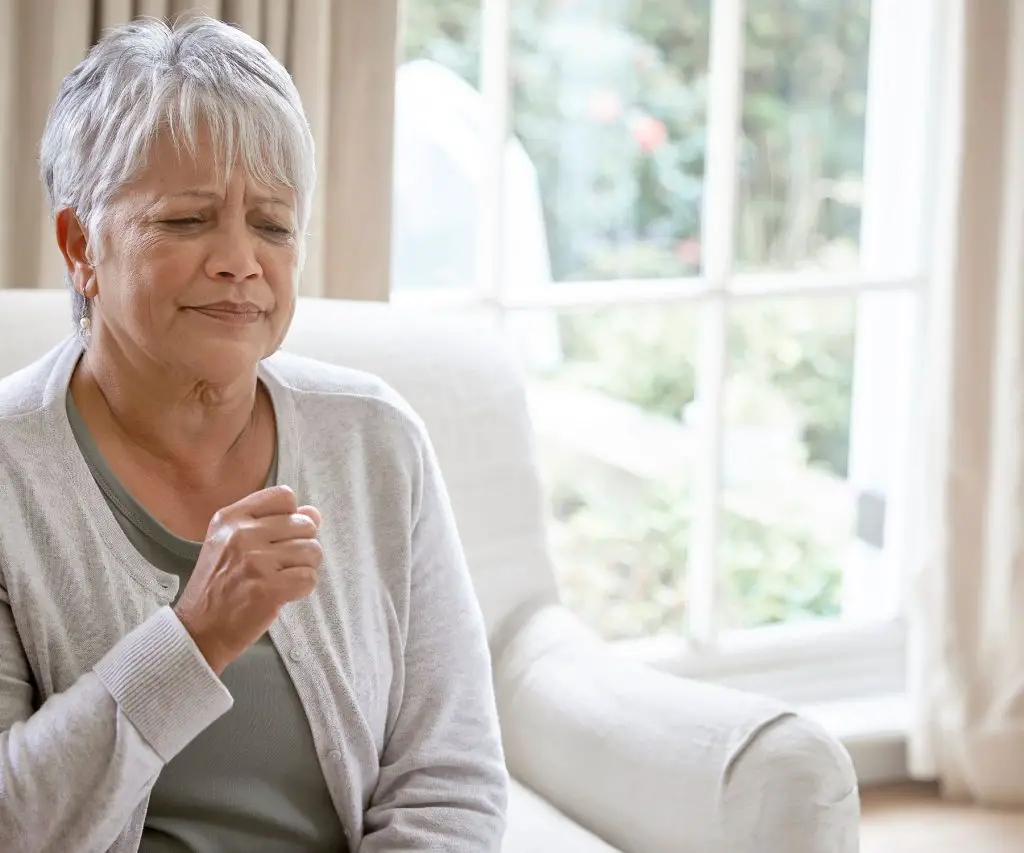 At-Risk Groups for Air Conditioning Related Symptoms
At-Risk Groups for Air Conditioning Related Symptoms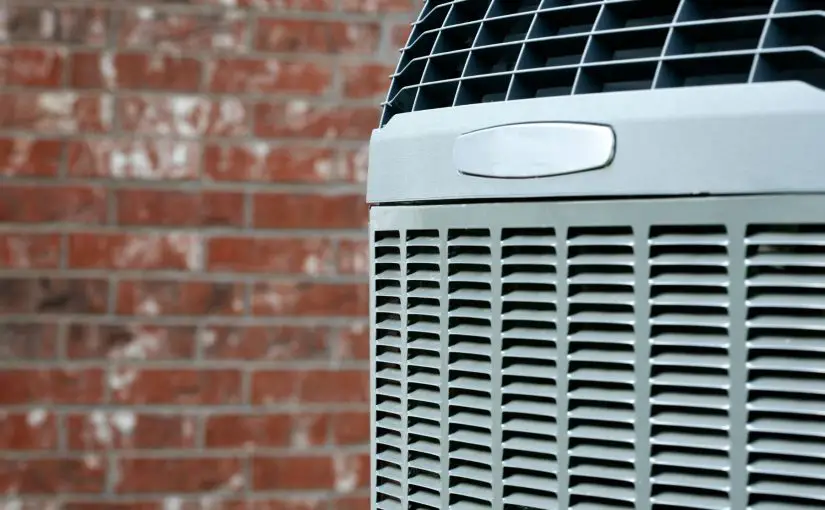

 What does the fan setting on an air conditioner do?
What does the fan setting on an air conditioner do? Alternative Cooling and Ventilation Strategies
Alternative Cooling and Ventilation Strategies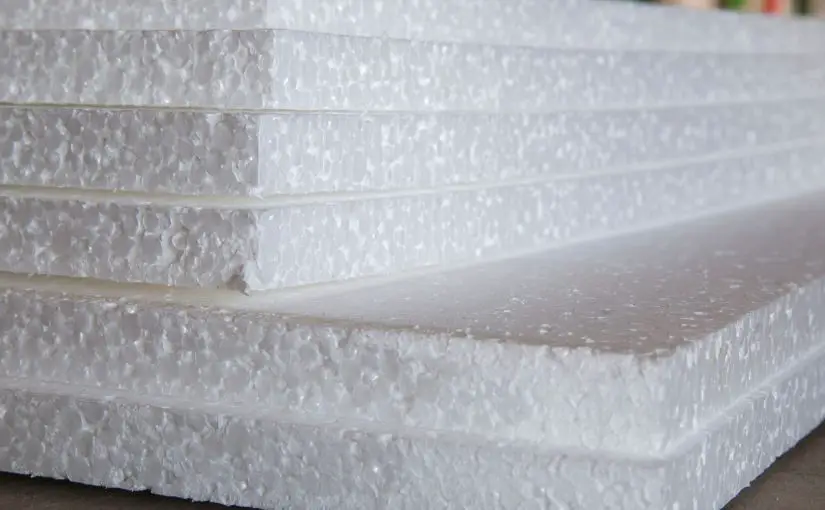
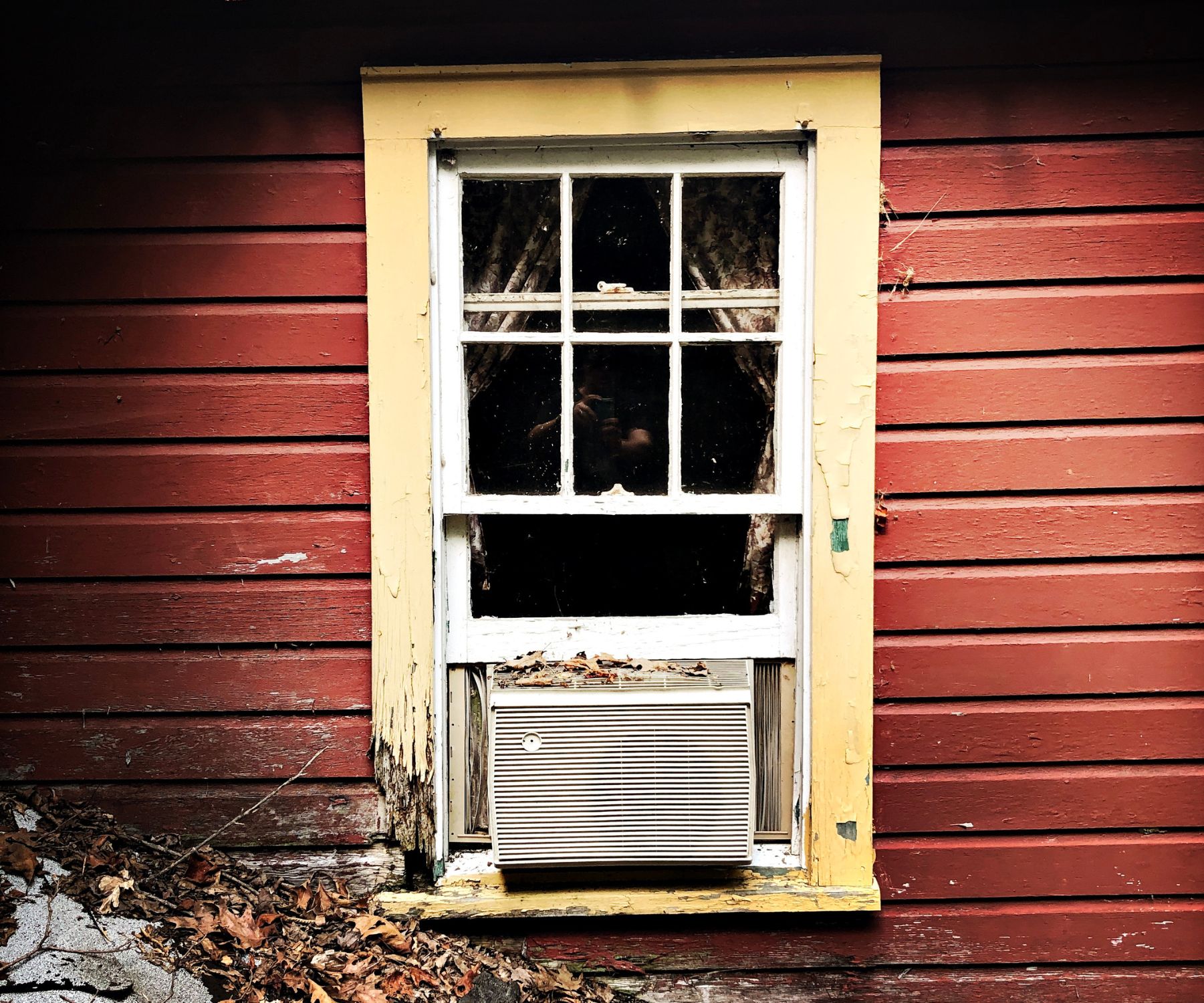

 Some of the possibilities include that it is located under a tree, or it is in an area like a wind tunnel where dirt is easily kicked up and can get into the machine.
Some of the possibilities include that it is located under a tree, or it is in an area like a wind tunnel where dirt is easily kicked up and can get into the machine.


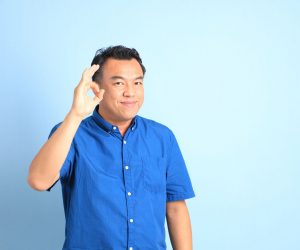

 Fan Mode symbol is simply a fan. The fan mode on an AC when set to the “on” position runs the AC fan continuously even when the compressor is off.
Fan Mode symbol is simply a fan. The fan mode on an AC when set to the “on” position runs the AC fan continuously even when the compressor is off. Auto mode on the AC, when set to the “on” position turn the fans on automatically when the AC is is in cooling mode.
Auto mode on the AC, when set to the “on” position turn the fans on automatically when the AC is is in cooling mode.

 Heat Mode on a AC is represented by the Sun.
Heat Mode on a AC is represented by the Sun.

 Ion mode on an AC turns on a built-in ionic air purifier that disperses plasma ions( ions that have both a negative and a positive polarity) throughout your home.
Ion mode on an AC turns on a built-in ionic air purifier that disperses plasma ions( ions that have both a negative and a positive polarity) throughout your home. The Tree symbol on a AC remote is Health Mode. Health mode on an AC is similar to ion mode.
The Tree symbol on a AC remote is Health Mode. Health mode on an AC is similar to ion mode. Swing mode is a setting on some
Swing mode is a setting on some 

 How Window Air Conditioners Use Outdoor Air
How Window Air Conditioners Use Outdoor Air Choosing the Right Air Conditioner for Your Space
Choosing the Right Air Conditioner for Your Space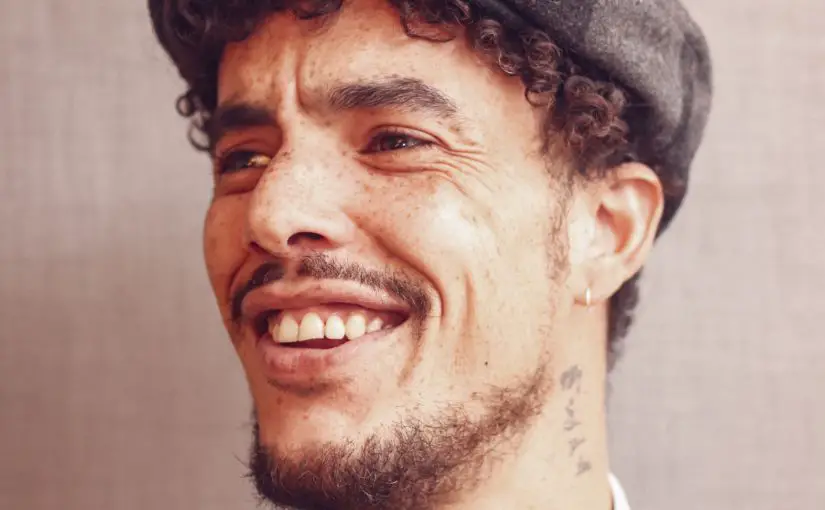

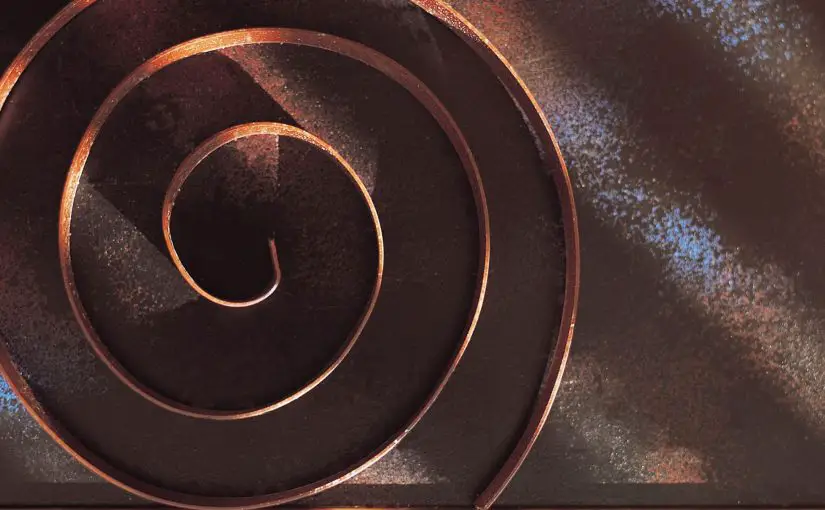
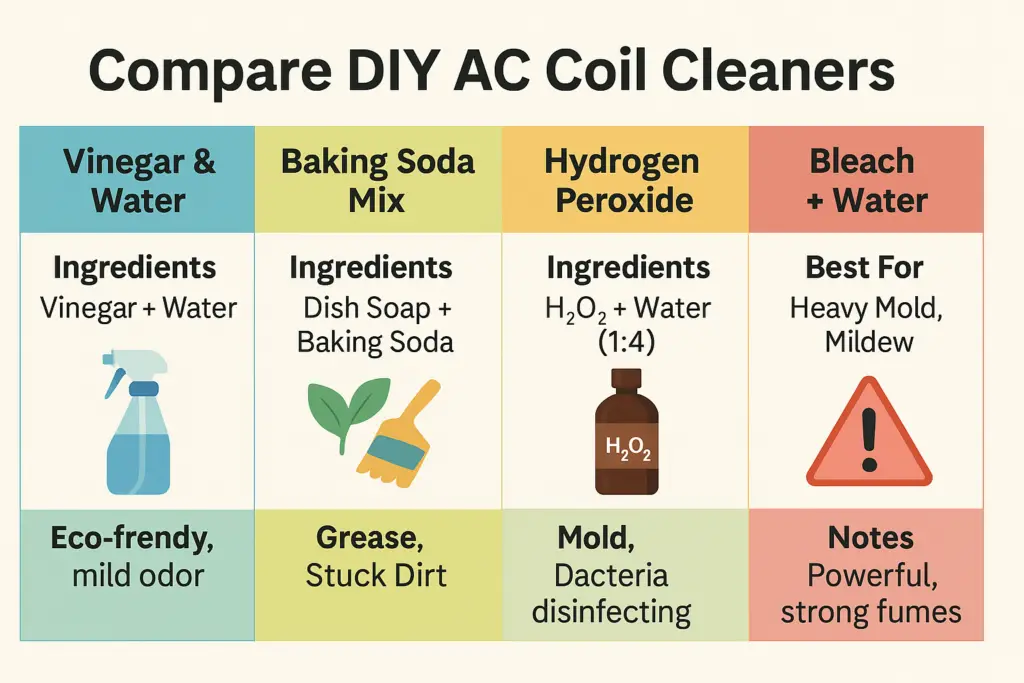

 3. Bleach and Water
3. Bleach and Water 7. Mini-Split Coil Cleaner (Indoor Units)
7. Mini-Split Coil Cleaner (Indoor Units)